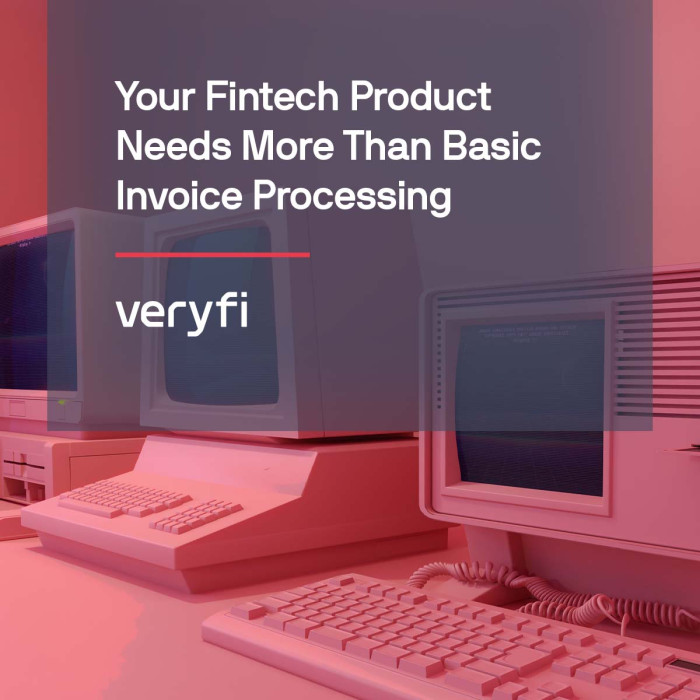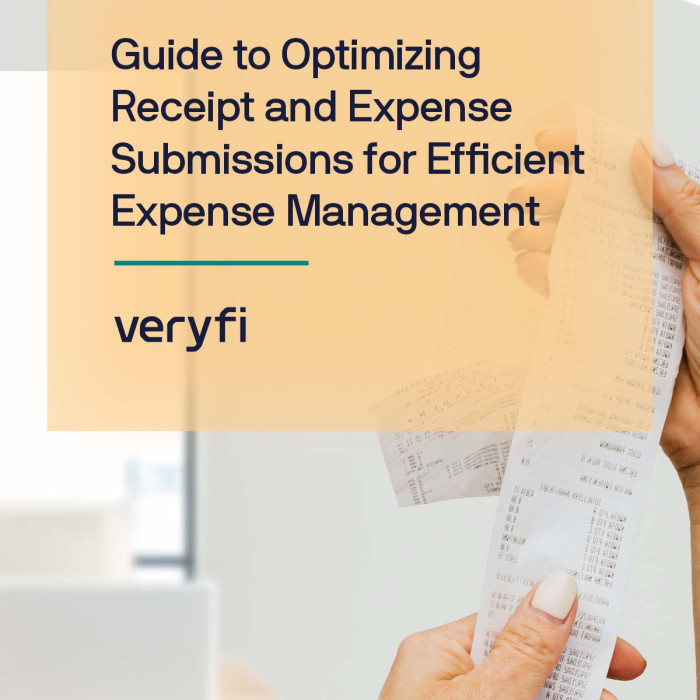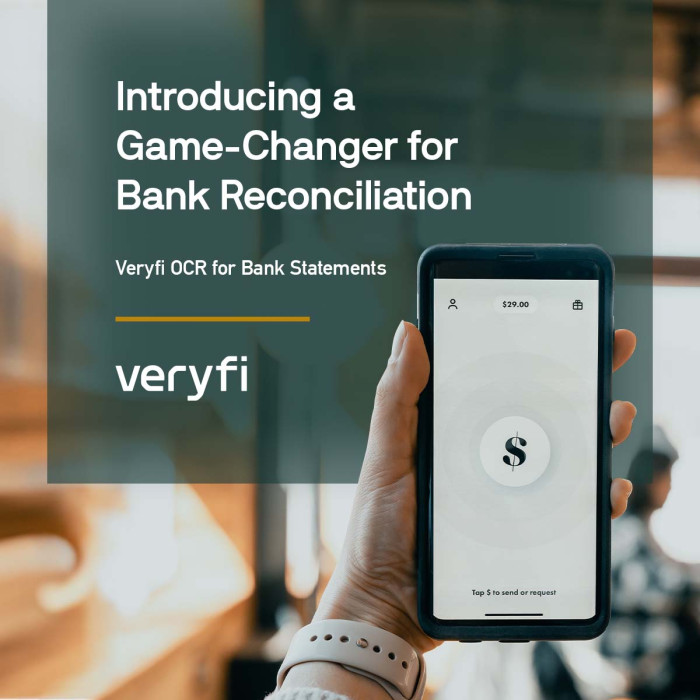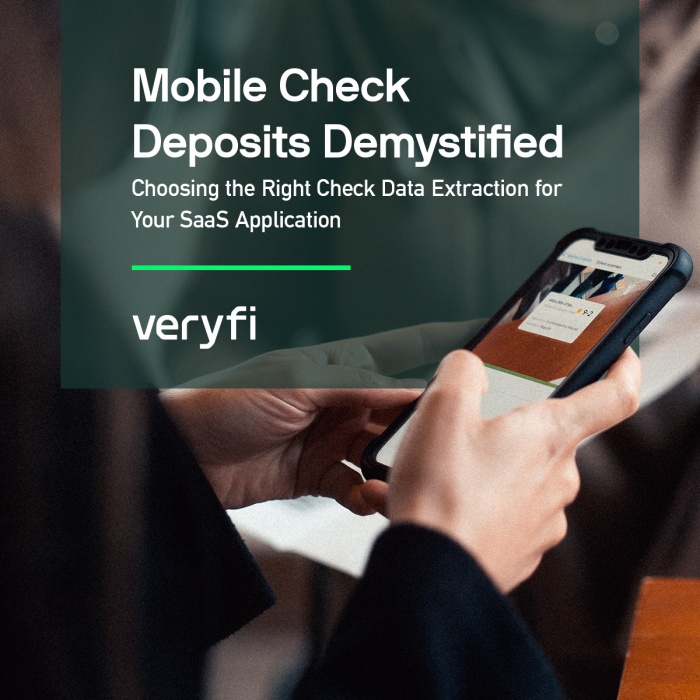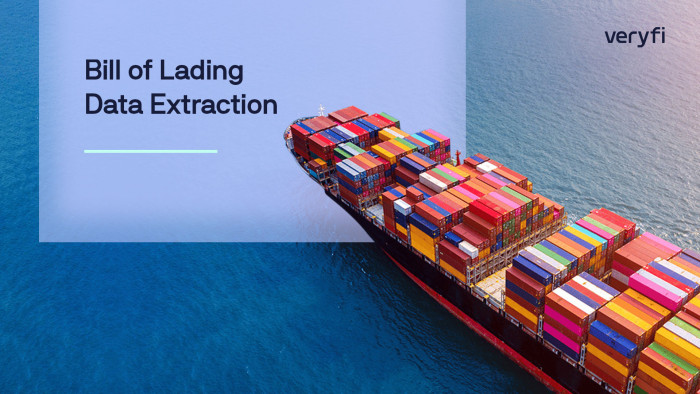Invoices have a long and rich history, dating back to 3000 BC when Sumerian temple priests invented the cuneiform. The oldest invoice in modern history was for a painting sold in 1504. Creating these invoices required a lot of manual work, with most calculations done by hand. Today, computers take care of the calculations, but humans still perform a lot of manual invoice data extraction.
Back-office workflows that rely on manual data entry are slow and prone to errors. Moreover, these manual processes are often repetitive. Not surprisingly, they’re expensive in terms of efficiency and productivity. Additionally, studies show this kind of tedious work can lead to employee burnout—costing companies even more.
That’s where Veryfi comes in.
AI-driven invoice data extraction can significantly increase data input accuracy and speed. Veryfi’s intelligent document processing solution eliminates error-prone, manual data entry work. Veryfi captures unstructured data from documents (good for humans) and transforms it into structured data (good for computers) in seconds.
What is an Invoice?
An invoice is a list of goods and/or services provided, with a statement of the total due for those items.
A seller (vendor) provides the invoice to a buyer (customer or client) to describe the exchange of goods and services with funds. Invoice data details specific items provided by the seller, the quantity, the price per unit, taxes collected, and totals.
The vendor creates the invoice at the time of sale, regardless of when payment happens. The customer can pay the invoice whenever it is convenient, even before any work occurs. Typically, the buyer pays either after reaching a milestone or receiving all the goods and services. A proof of payment is called a receipt.
The invoice contains information on the parties involved in the exchange, the transaction date, and the payment terms. Invoice data may also include references to quotes, estimates, purchase orders, pro forma, a bid, or packing slips. Any credit terms extended or penalties for late payments are also noted.
The invoice is a binding agreement to provide a service or product in exchange for payment on a specific date. If the vendor doesn’t meet those terms, the customer may take legal action or pursue other collection methods.
Every invoice has a unique number, which helps the seller and buyer identify and address issues with a specific transaction. Invoice numbers can be assigned by sequence, date and time, line of business, customer identifiers, location, or project. The format doesn’t matter, as long as it’s unique and traceable.
Tax authorities may require a Tax ID on an invoice to match one party’s earnings with the other’s spending. The seller typically collects the tax and forwards it to the tax collector. The buyer, in turn, uses the invoice as proof of paying the tax. Common examples of taxes include ABN in Australia, EIN in the US, VAT in the EU, and GST in Canada.
What’s the Difference Between an Invoice and a Bill?
A bill and an invoice represent different views of the same thing. For example, a seller issues an invoice, while the buyer (the customer) receives it as a bill. The bill describes what the buyer purchased, what the payment should be, and when the payment is due.
The seller will issue a credit note if an invoice is paid but the terms were not entirely fulfilled. This credit note will have the same data set as the original invoice.
What Invoice Data Fields are Available?
Invoice data can be categorized into three levels. The invoice data varies based on your company’s needs. With Level 3 data, you can conduct advanced analytics for purposes such as supply chain optimization (for example, in manufacturing). The common invoice dataset for each level is as follows:
| Level 1 | Level 2 | Level 3 |
| · Merchant name · Purchase amount · Invoice date · Billing zip code | Everything in Level 1, plus: · Sales tax amount · Tax indicator · Customer code · Merchant postal code · Merchant tax ID · Invoice number · Order number | Everything in Level 2, plus: · Item commodity code · Product/SKU description · Product code · Unit price · Quantity · Unit of measure (each) · Extended price · Line items total · Debit/credit indicator · Discount amount · Freight/shipping amount · Duty amount · Etc. |
A standard (non-VAT) invoice must include:
Why Use Veryfi’s AI-driven Invoice Data Capture?
Veryfi offers an out-of-the-box solution for intelligent document processing that eliminates human intervention. The AI-driven OCR technology automatically captures, extracts, and transforms unstructured documents into structured data in seconds, providing valuable data used for customer insights and business intelligence.
Enterprise IT application teams can integrate Veryfi with their own internal or commercial software for managing invoices. Financial software companies can also benefit from Veryfi’s invoice data capture to enhance their applications—improving their customer experience with advanced features while accelerating their time to market.
| Take humans out of the loop | Process invoices in seconds | Maintain high security |
| Veryfi is AI-driven. The machine learning model has been trained over the past four years by millions of documents to deliver accurate results for customers on day 1. Hence, Veryfi does not use humans to assist the technology. This means you won’t have privacy or compliance concerns over where your business data or customer data is sent and who accesses it. | Instantly capture accurate and complete invoice data, in near real time. Users appreciate the convenient and simple invoice data extraction experience. | Veryfi is certified SOC2 Type2 and uses top-level encryption to keep your data safe. |
Watch Veryfi do 10 minutes of work in 10 seconds
Learn how your company can benefit from our fast and accurate invoice data processing. Start a free trial of the Veryfi Invoice OCR API and begin extracting data in real time.

